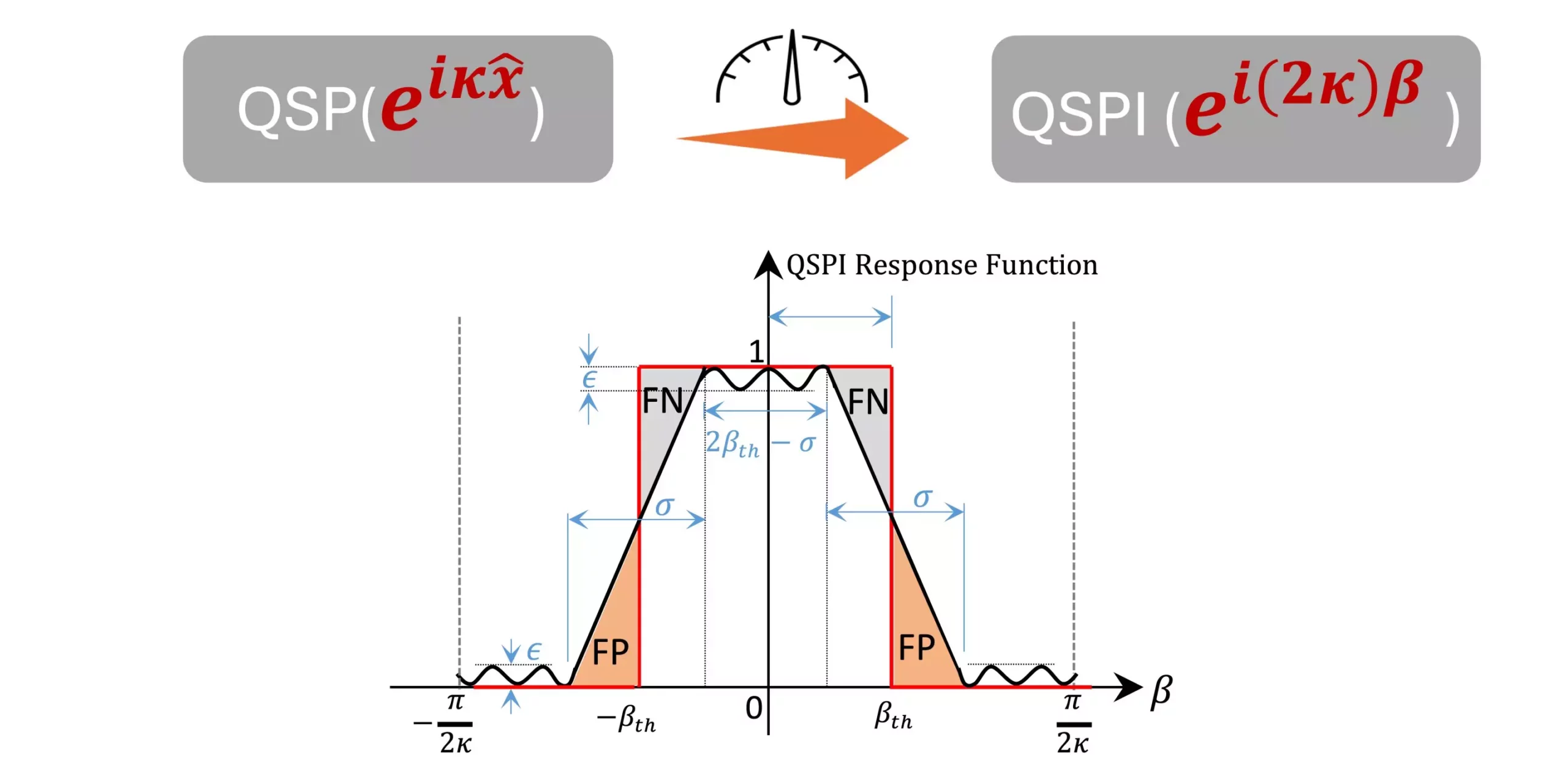In recent years, the field of quantum technology has been advancing at an unprecedented pace, but perhaps one of the most significant breakthroughs is the development of quantum sensors. Researchers at North Carolina State University and the Massachusetts Institute of Technology have introduced a groundbreaking protocol that promises to enhance the sensitivity and precision of sensors to levels unattainable by conventional means. Their innovation pivots on the intersection of quantum mechanics and classical engineering techniques, creating a powerful tool for targeted signal detection.
The fundamental premise of quantum sensing lies in its ability to facilitate measurements that approach the limits of precision set by quantum mechanics. As Yuan Liu, the study’s lead researcher, aptly points out, the challenge is not merely achieving heightened sensitivity but also directing sensors towards specific signals of interest. This is where their revolutionary approach comes into play.
Bridging Classical and Quantum Realms
What makes this research particularly compelling is its clever adaptation of classical signal processing principles to the quantum domain. Instead of treating quantum sensors as entirely novel constructs, Liu’s team has generalized traditional filter designs onto quantum systems. By leveraging a two-level quantum system known as a qubit and coupling it with a more complex infinite-dimensional bosonic oscillator, they’ve enabled quantum sensors to be fine-tuned for specific applications.
This coupling technique simplifies a historically convoluted problem: how to interpret and manipulate the states of an infinite-dimensional quantum sensor. The researchers propose that instead of quantifying the elements of interest, a more efficient method involves creating a binary decision framework—where the primary question is whether the target possesses a specific property. Through this lens, the oscillators can be shaped and manipulated to reflect desired properties without needing extensive measurements.
Single-Shot Measurements: A Game Changer
The cutting-edge aspect of this research lies in its utilization of “single-shot” measurements. Traditional methods of sensor data acquisition often require multiple readings to confirm findings, which can lead to inefficiencies and errors. By contrast, Liu and his colleagues have devised a mechanism to extract meaningful data regarding the target signal with just one measurement of the qubit. This transformation not only saves time but also enhances the operational efficiency of quantum sensors.
To elucidate, the process involves encoding measurement results into the qubit state, which can subsequently be read and interpreted. The alteration of the bosonic oscillator’s wave function plays a pivotal role in this operation, allowing the sensor to retain a clear grasp of the target signal, converting it into a readable output. This methodological innovation makes the quantum sensor a powerful ally in diverse fields ranging from environmental monitoring to medical diagnostics.
Practical Implications and Future Directions
The implications of this research are profound. By employing commonplace quantum resources found in leading hardware such as trapped ions and superconducting platforms, the developers have created a framework that is not only innovative but also accessible. The technique provides an efficient way to capture pertinent information from intricate quantum systems without the burden of expensive and lengthy measurement processes.
Furthermore, the versatility of this approach could open doors to various applications in industries that rely heavily on precise measurements. For instance, medical imaging could see transformative advancements, enabling faster and more accurate diagnoses. It could also facilitate breakthroughs in fields that demand ultra-sensitive detection, such as gravitational wave observation or dark matter research.
With Jasmine Sinanan-Singh and Gabriel Mintzer from MIT contributing as co-first authors, the work is an impressive collaboration that showcases the potential of interdisciplinary approaches to solve complex challenges in quantum technology. Thus, the research does more than propose a new sensor; it serves as a flagbearer for future innovations that could redefine how we perceive and interact with the quantum world.
As researchers like Liu and his team continue to peel back the layers of quantum mechanics, we edge closer to unlocking a realm of possibilities that could irrevocably alter various sectors, heralding an era of unprecedented discovery and comprehension. The leap toward finely-tuned quantum sensors not only exemplifies human ingenuity but also illustrates how cross-pollination between disciplines can result in solutions that were once thought to be a distant dream.

